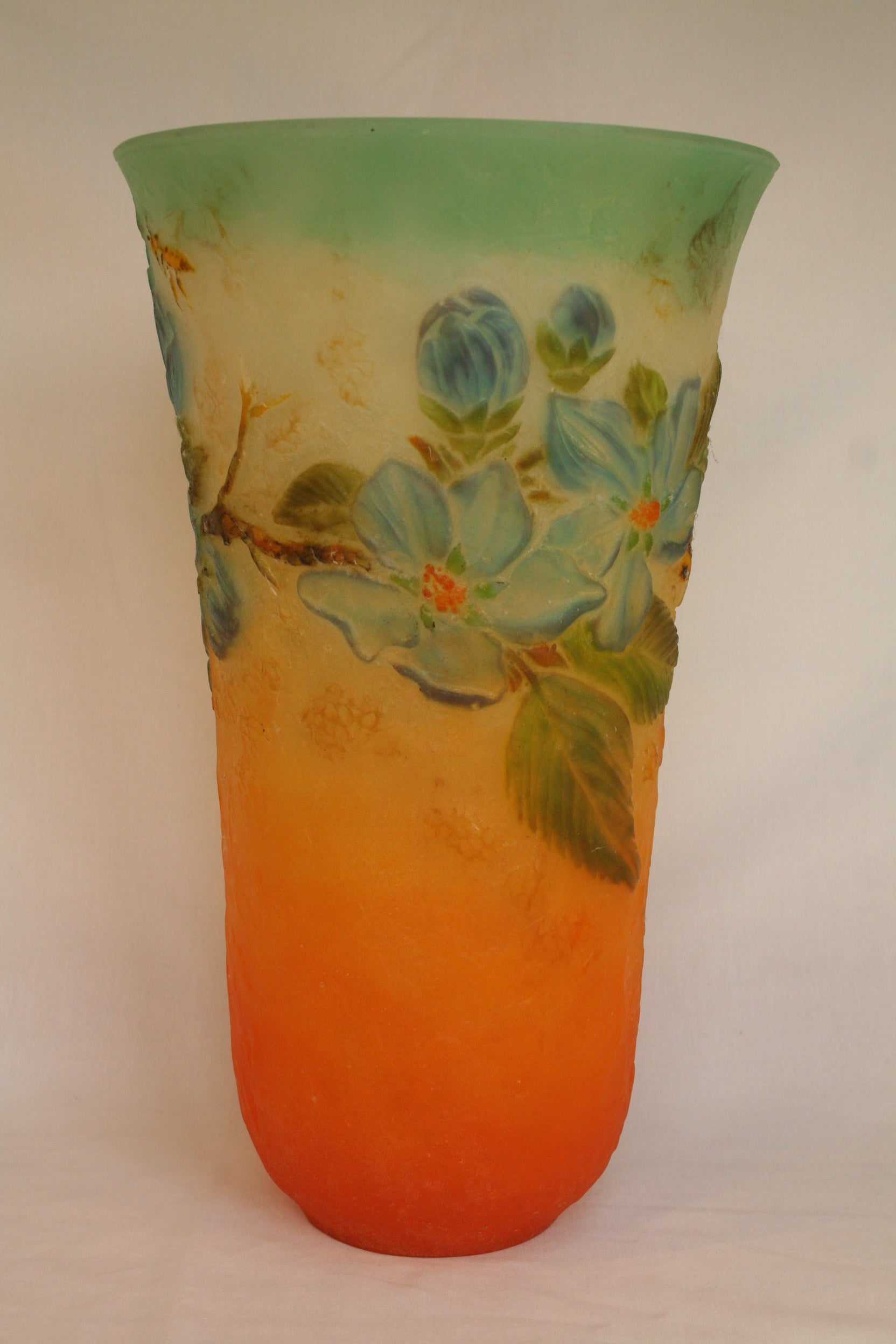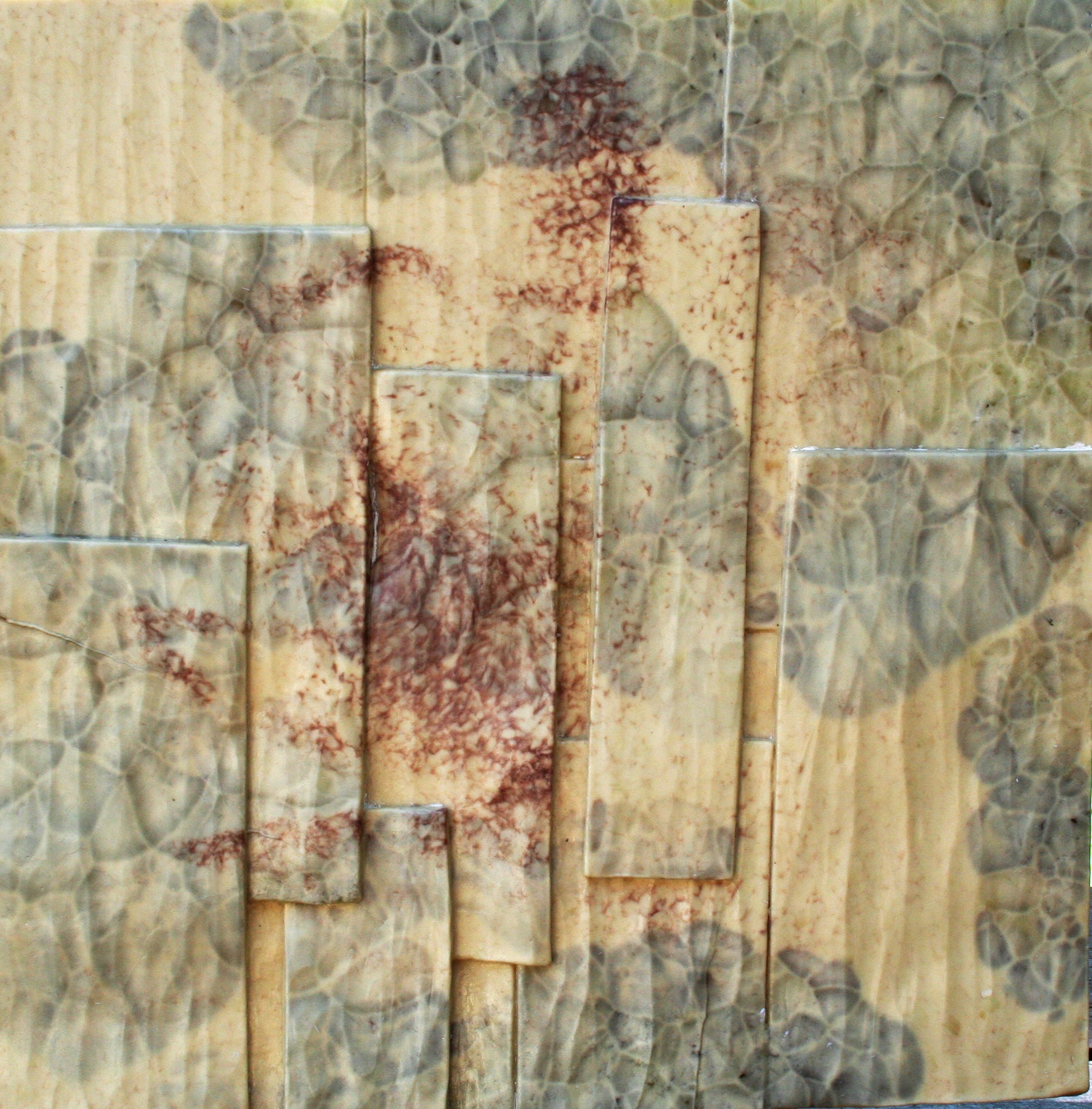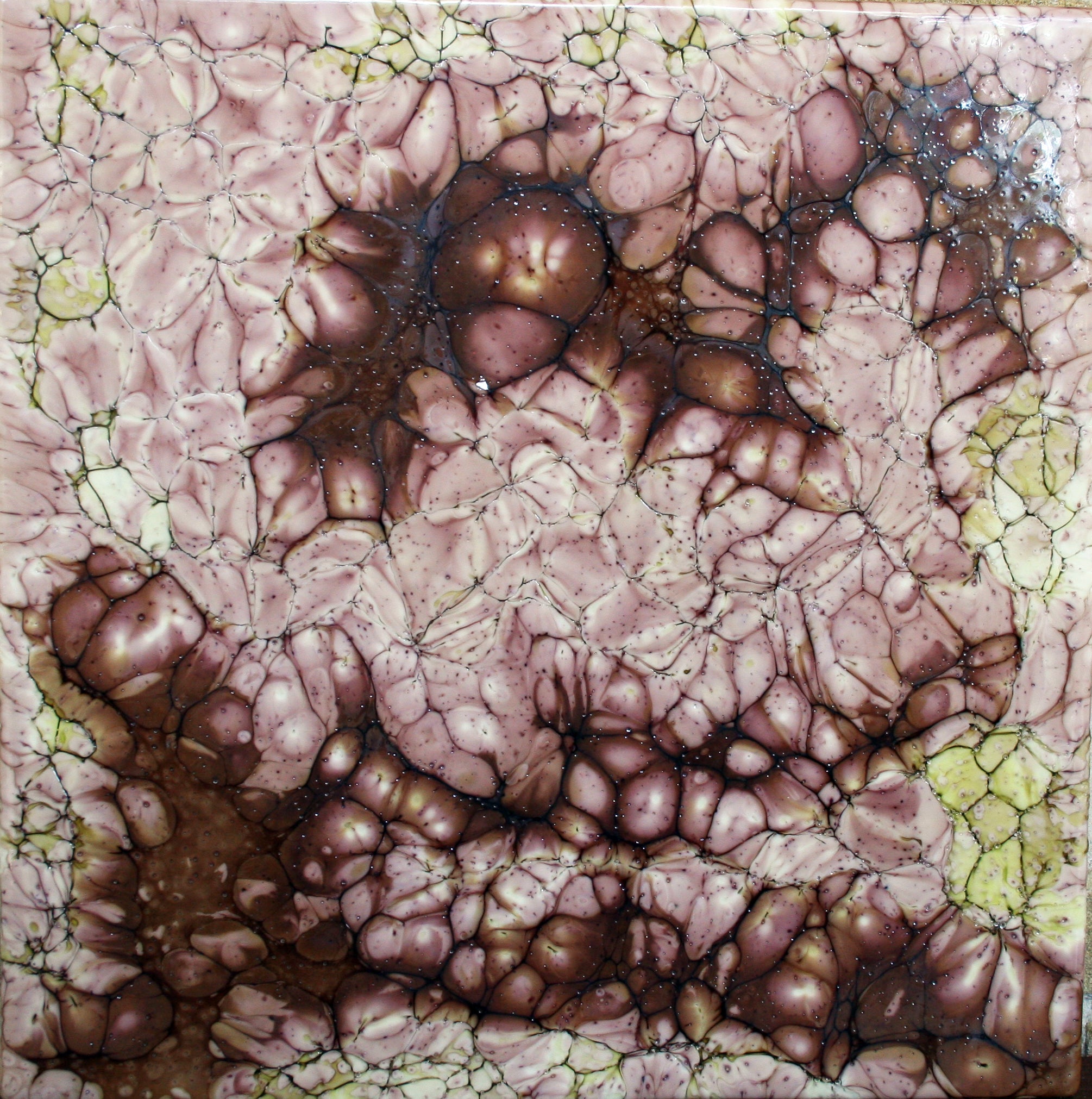Pâte de Verre Vessels by Dr. Nadi Hibri
Pate-de-verre
This collection features exquisite vases by Nadi Hibri, meticulously crafted using the ancient pâte de verre technique. Each vase embodies a delicate balance of form and translucency, blending artistry and craftsmanship to create pieces that are both functional and captivating.
Pate de verre
past, phantom and present
Origins
The roots of pâte de verre—literally "paste of glass"—stretch back over 3,000 years to ancient Mesopotamia, Egypt, and Rome. After falling into obscurity for centuries, the technique was revived in late 19th-century France during the Art Nouveau period by artists such as Henry Cros, Almeric Walter, and G. Argy-Rousseau. This revival allowed artisans to achieve delicate translucency and intricate color gradations using powdered glass pressed into molds .
The Phantom Technique
Before World War I, pâte de verre was practiced in Europe with several refined practitioners. However, around the outbreak of World War I (1914–1918), many glass studios were converted to support wartime industries, disrupting and effectively ending production. As a result, specialized techniques like this were lost—along with the studios and craftsmen—leading to a near total disappearance of the method by the war’s end .
Revival
Although there was a revival of pâte de verre the technique remains rare and technically demanding. The process demands meticulous kiln control, precise layering, and flawless mold-making. As a result, truly masterful pâte de verre is still scarce and highly prized.
Filters




